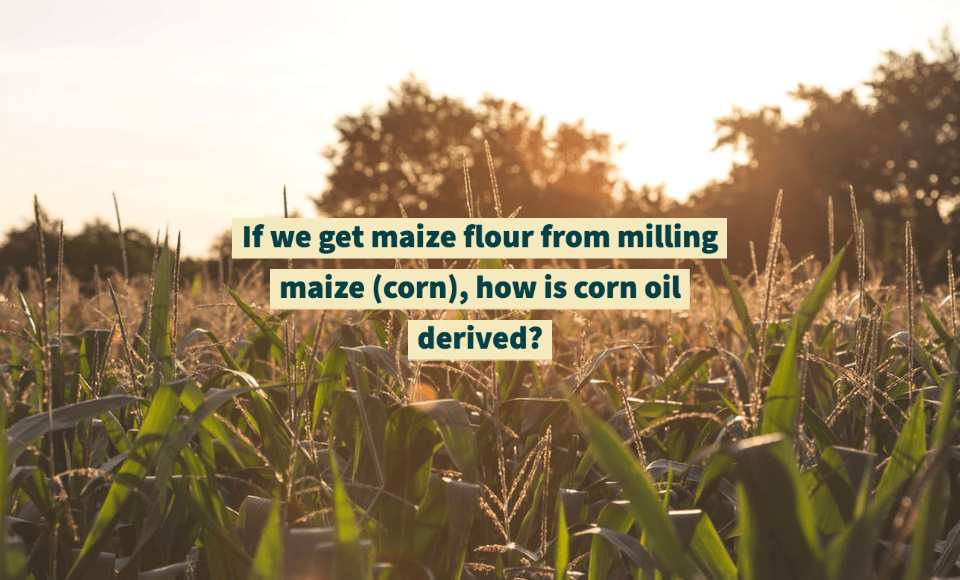Imagine movie dates without popcorn and breakfast without cornflakes. Snacking without corndog, nachos, tortilla chips, corn on the cob. All kitchen preparations without cornstarch, corn syrup, cornflour, corn oil. Imagine corn is taken away from our countless dishes. Our everyday life will never be the same without it.
Maize (corn) is one of the essential grains and the third staple food for many people, after wheat and rice. Many historians believed that it was first domesticated in Tehuacan Valley in Mexico though the origin of this grain remains unknown. According to kernel type, there are different types of corn, including dent, flint, waxy, flour, sweet, pop, Indian, and pod corn. We usually have white or yellow corn, but it also comes in red, purple, and blue.
Corn is one of the high-value crops in the United States. The high demand for corn allows farmers to experience constant increases in annual revenues over the last years. The United States is by far the world’s largest producer and exporter of corn in 2018-19, with approximately 366.6 million metric tons. Other producers that topped the list are China (257.7 million metric tons), Brazil (94.5 million metric tons), Argentina (46 million metric tons), Ukraine (35.5 million metric tons), and India (26 million metric tons). (https://www.usda.gov/media/blog/2019/07/29/corn-americas-largest-crop-2019)
Corn is widely used for fuel and animal feed. 40% of corn worldwide is used for fuel, and 60-70% of corn worldwide is produced to feed animals. What’s more, corn is also a high-fructose sweetener in many processed foods, including everyone’s favorite thirst-quencher – Coca-Cola. It is the primary ingredient in corn syrup, cornstarch, cornflour, and corn oil.
Since corn is one of the highly esteemed grains in the world, efforts have been made for value-adding. Processors changed the corn’s physical state to enhance its value, such as milling to make flour or undergo a complex process to extract oil.
Corn flour is used as a breading, binding agent, thickener for soups, stews, sauces, and other dishes. Corn oil is also used for sautéing, salad dressings, marinades, cakes, bread, and other baked goods. Still, corn oil is best used in deep frying – its high smoke point (the temperature which oil begins to burn) of about 450˚F is ideal for making the food’s unburnt, perfect crisp. Corn oil likewise has a variety of uses in non-cooking applications like industrial cleaner and lubricant, fuel for gasoline and diesel-powered engines, cosmetic products, liquid soaps, and shampoos.
For more than 150 years, corn refiners have been perfecting corn processing to create a broader range of value-added products. Let’s take a closer look at how corn flour and corn oil, among the many enhanced corn byproducts, are made.
Corn flour is the result of milling the entire corn kernels into a fine powder. But before milling, corn undergoes a series of steps, the first of which is cleaning. The cleaning process ensures superior flour quality by removing all the foreign materials like sand, grit, dirt, and other impurities. The second step is conditioning; wherein corn is soaked in water with lime for some time to absorb moisture. It allows the bran to be peeled off easily. Conditioning further polishes the corn by separating germ meal, endosperm, and bran as milling with unpolished corn results to flour with poor quality and shorter shelf life. And finally, corn is passed through a milling machine where it is grounded into flour. The finished product is sieved to retrieve the desired flour quality. Corn flour contains protein, fat, carbohydrates, fiber, B vitamins, iron, potassium, magnesium, and several other nutrients.
Corn is not a naturally oily food with a fat content of only about 1-4%. Unlike flour milling, corn must undergo a more extensive and complicated process to extract the limited oil. It is done by first washing the corn with a solution containing a chemical called hexane that causes the release of oil. The corn then undergoes deodorizing or steam distillation (using high temperature and vacuum) to remove undesirable smell and taste. And lastly, winterization wherein waxes and saturated fats are removed from the oil, so it stays liquid at low temperatures.
Corn oil is 100% fat, containing no protein or carbohydrates. Numerous vitamins and minerals are lost during the processing steps. Nevertheless, it has a fair amount of vitamin E retained.
